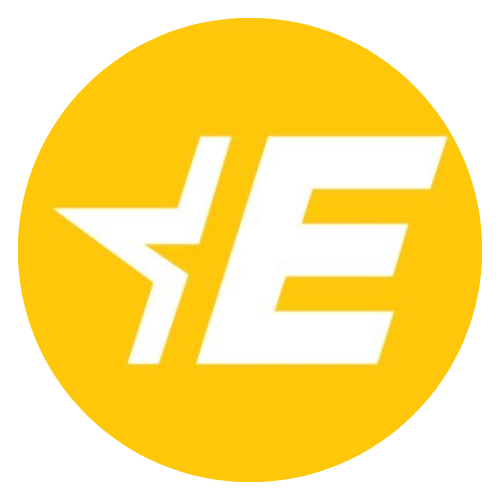Imagine earning a degree that’s recognised across Europe, without the bureaucratic hassle. That’s the idea behind the European Degree Label – a new initiative that could transform what it means to study in the EU. With plans already in motion, the question is no longer if, but how and when this vision becomes reality.
One Label, Many Opportunities
At a recent meeting of EU education ministers, two major documents were adopted: a Council Resolution and a Council Recommendation on the development of a common European Degree Label. Together, they lay the groundwork for a future where transnational education isn’t just encouraged, but formalised and recognised across the continent.
A European academic certificate, seamlessly acknowledged by national systems, will be awarded as a label to joint study programmes. To receive this label, programmes must be offered by a minimum of two universities from different EU countries and meet the highest academic standards, ensuring quality, transparency, and consistency.
Global Competition, European Ambition
So, why now?
The EU wants to make its universities more attractive globally, especially as international competition and geopolitical tensions reshape the academic landscape. Strengthening cross-border cooperation is seen as a smart, strategic move.
By supporting academic mobility, research innovation, and talent attraction, the EU hopes to build a more connected, resilient education system. The European Degree Label isn’t just a political gesture – it’s designed to be a real tool for integration, helping students and institutions thrive in an interconnected world.
The Roadmap to 2029: Three Phases of Change
The implementation plan is set to unfold in three key phases leading up to 2029. The details will depend on each country and institution, but the ultimate goal is clear: to pave the way for a fully-fledged European degree.
The first step is the European Degree Label – but it could open the door to deeper forms of cooperation, including joint curricula, harmonised assessments, and co-awarded diplomas.
To be eligible for the label, universities must meet specific criteria. These include strong transnational partnerships, joint governance structures, and coherent academic programmes – from course design to student evaluation.
Quality First: Trust Through Standards
At the heart of the initiative is a simple principle: quality builds trust.
The Council has stressed that the European Degree Label must represent more than just a brand – it must guarantee excellence in real academic practice. To that end, the EU will promote shared frameworks for quality assurance that are agile enough to respond to changing social needs.
A key focus is also on automatic mutual recognition of qualifications, which would remove many of the administrative hurdles students currently face when studying or working across borders. For young Europeans, this means more freedom, greater mobility, and a diploma that opens doors across the Union.
From Bologna to the Future
This isn’t a project starting from scratch. It builds on the achievements of the Bologna Process, which laid the foundation for the European Higher Education Area (EHEA). Thanks to Bologna, we already have tools like ECTS credits, qualification frameworks, and a push for harmonisation.
But the European Degree Label goes a step further – from formal alignment to real institutional integration. The label could eventually evolve into a full European degree, one that stands on equal footing with national diplomas.
A Bigger Picture: Part of a Wider EU Strategy
This initiative is part of a broader vision set out by the European Commission. In March 2024, the Commission unveiled a comprehensive package aimed at modernising and strengthening the European academic sector.
This includes recommendations for stable and attractive academic careers, and the creation of a European framework for quality assurance and recognition.
The Council’s November 2024 recommendations on improving academic career paths underscored the necessity of aligning new degrees and structures with enhanced working conditions for researchers and educators.
This is crucial because high-quality education relies not only on robust institutions but also on motivated individuals who can pursue their ambitions with adequate support and security.
University Alliances, Students at the Centre
One of the most exciting elements of the European Degree initiative is the promotion of international university alliances. These networks will be able to jointly develop programmes that qualify for the European Degree Label – raising the profile of their institutions and offering students truly pan-European study paths.
But above all, this is about students. Easier recognition of qualifications, clearer pathways, and the ability to study across borders under one degree – these changes are designed to make European higher education more attractive, flexible, and future-ready.
A Symbol or a Game-Changer?
The European Degree Label may look like just another stamp – but it could be a turning point for European education. Over the next few years, we’ll see whether it becomes just another certificate… or a true catalyst for transformation in how young Europeans learn, move, and shape their futures.
- Academic Integration
- Academic Quality
- Bologna Process
- Cross-border Education
- Education Innovation
- Education Policy
- Education Recognition
- Erasmus
- EU Careers
- EU Council
- EU Diploma
- European Degree Label
- European Education
- European Higher Education Area
- European Universities
- Future of Education
- Higher Education Reform
- Student Mobility
- Transnational Programs
- Youth in Europe
Written by
Shape the conversation
Do you have anything to add to this story? Any ideas for interviews or angles we should explore? Let us know if you’d like to write a follow-up, a counterpoint, or share a similar story.
